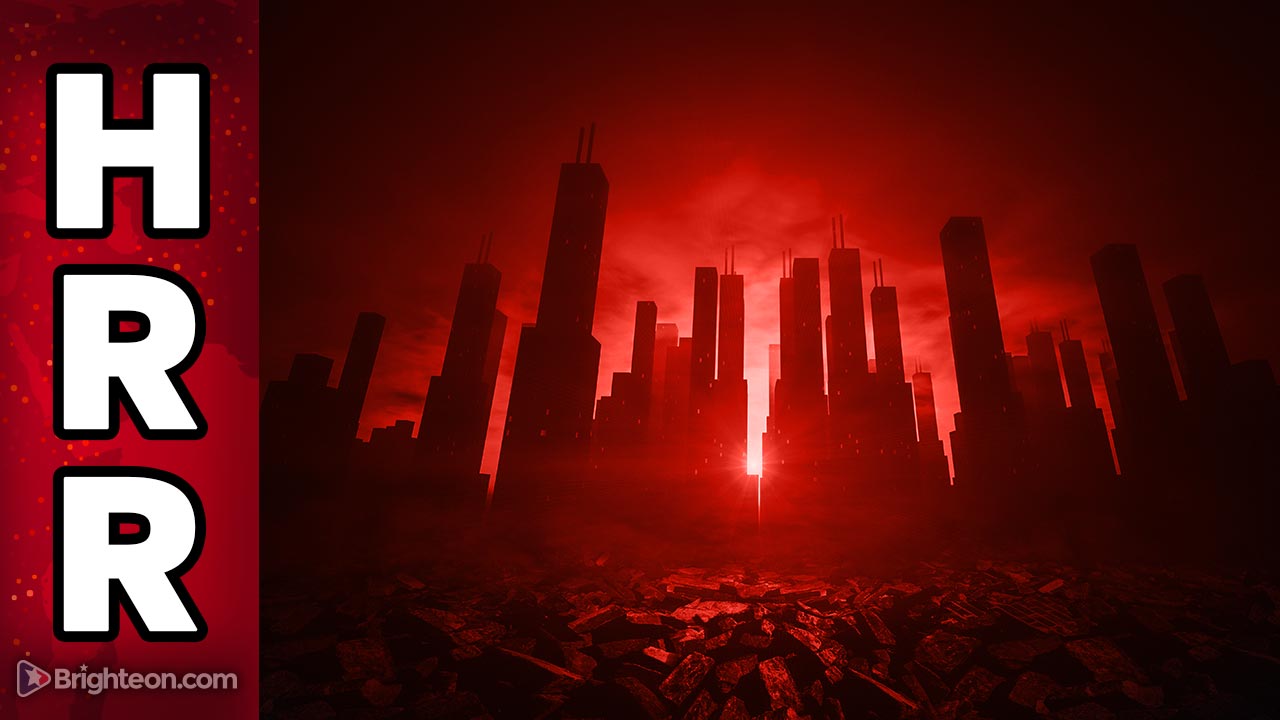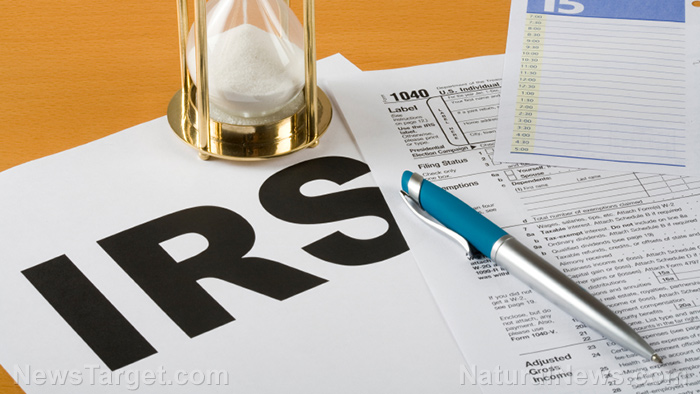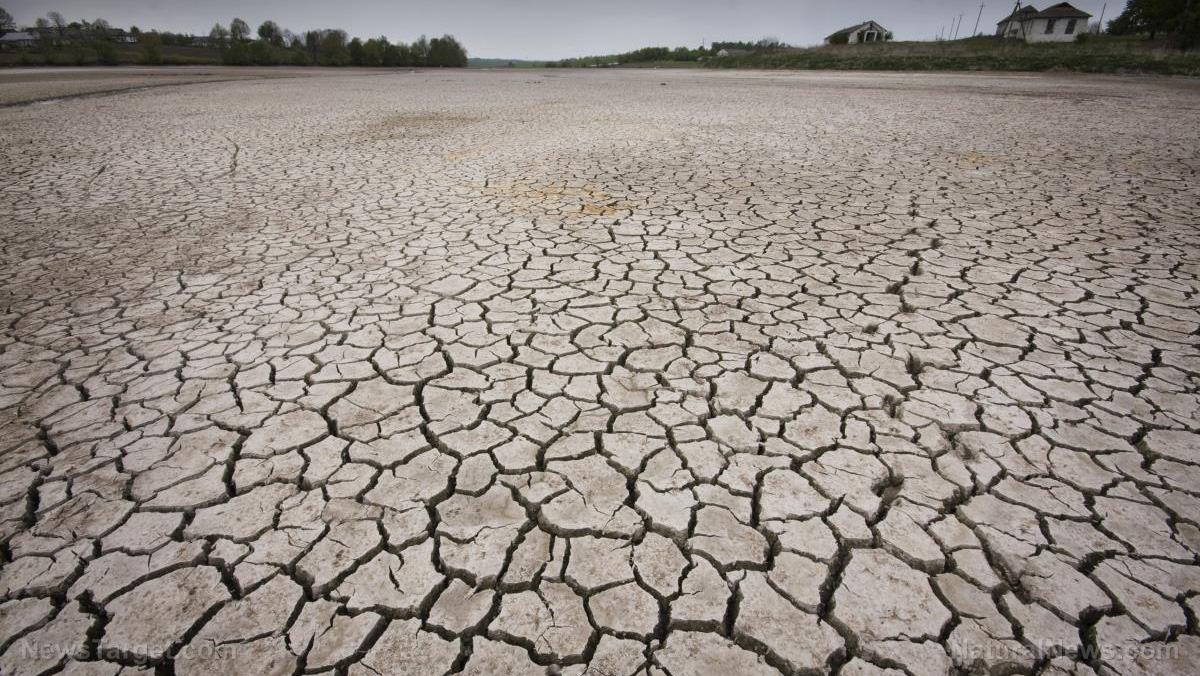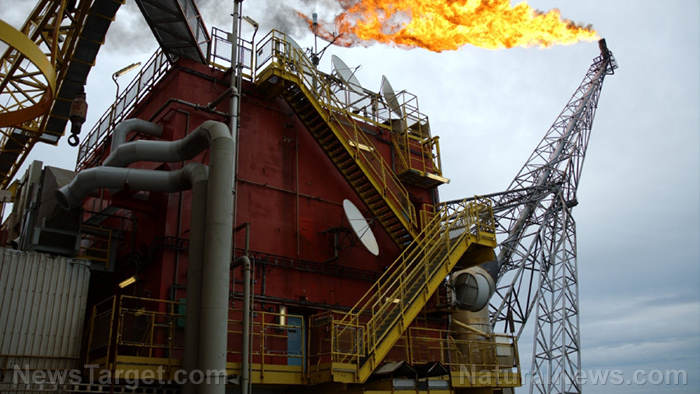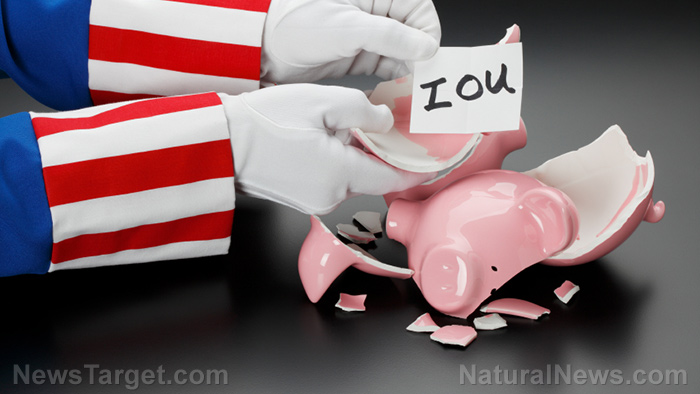US producer prices rose 10.8% in May, Labor Department reports
06/17/2022 / By Mary Villareal

Businesses in the United States charged 10.8 percent higher in May compared to the same month a year ago. It marked the sixth straight month that the government’s producer-price inflation gauge is running at or above 10 percent.
According to the Department of Labor, the Producer Price Index (PPI) for final demand rose 0.8 percent in May compared to the previous month. Economists are expecting an annual rise of 11 percent and a monthly increase of 0.8 percent.
The government, on the other hand, said the index was up 10.9 percent year-over-year in April, downwardly revised from an initial report of 11 percent. The March figure was also revised from an initial reading of 11.2 percent to 11.5 percent, which is the worst pace of PPI inflation in decades.
The PPI rose 0.5 percent for May and 6.8 percent for the year if it were to exclude food, energy and trade services, which measure selling margins rather than prices.
The April figure’s annual gains were then revised down from 6.9 percent to 6.8 percent, and the month-over-month figure was revised down to 0.4 percent from the previous report of 0.5 percent. This means that core PPI accelerated on a monthly basis, but remained steady on a year-over-year basis.
Two PPI measures remained near historic highs at 11.5 percent for headline and 7.1 percent for core. The Consumer Price Index (CPI) also increased 8.6 percent annually in May.
Energy made up most of May gains for wholesale prices, with the index for final demand energy rising five percent that month. The goods-services imbalance has been one of the main reasons for the inflation pressures, as consumer demand shifted strongly in an economy that is now more dependent on services.

Within the energy gain, gasoline rose 8.4 percent, while other fuel categories pushed higher as well. (Related: Food, fuel and consumer goods in America are more expensive than ever – and the markets are crashing.)
Services index advanced 0.4 percent, with transportation and warehousing services being responsible for more than half the gain. Increases were also softened by declines in fuels and lubricants, portfolio management and guest room rentals.
PPI vs. CPI
The PPI is constructed by looking at businesses that produce goods and services in the United States. It measures the average change over time in the selling prices received by domestic producers for their output. On the other hand, the CPI measures what consumers paid for and includes both imports and a stand-in for home ownership called owners-equivalent of rent that isn’t counted in PPI.
The PPI measures prices for various stages of intermediate demand, businesses selling to other businesses and final demand, which then measures the domestic producers that are selling goods and services to domestic end-users, usually government agencies, consumers or other businesses.
The PPI excludes imports and doesn’t count sales taxes as those are paid to foreign producers and governments. But it does include export prices, which are usually excluded from CPI because they are paid by non-U.S. consumers.
Meanwhile, the CPI looks at the set of goods and services purchased for consumption purposes by urban households.
Follow Collapse.news for more news about inflation.
Watch the video below to learn more about the inflation triggered by the government itself.
This video is from the ISon of the Republic channel on Brighteon.com.
More related stories:
Biden, Democrat spending primarily to blame for runaway inflation that’s only going to get worse.
As Bidenflation collapses economy, unfunded state pension bomb ready to explode, costing trillions.
Sources include:
Submit a correction >>
Tagged Under:
Bubble, business, CPI, economic collapse, economics, economy, finance, Inflation, market crash, money supply, PPI, price increase, risk, trade services, wholesale prices
This article may contain statements that reflect the opinion of the author
RECENT NEWS & ARTICLES
COPYRIGHT © 2017 COLLAPSE.NEWS
All content posted on this site is protected under Free Speech. Collapse.news is not responsible for content written by contributing authors. The information on this site is provided for educational and entertainment purposes only. It is not intended as a substitute for professional advice of any kind. Collapse.news assumes no responsibility for the use or misuse of this material. All trademarks, registered trademarks and service marks mentioned on this site are the property of their respective owners.





